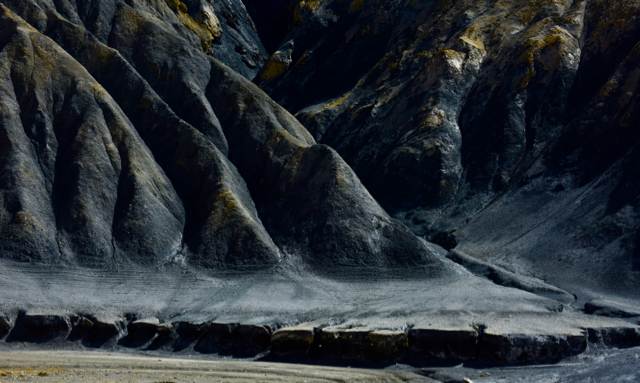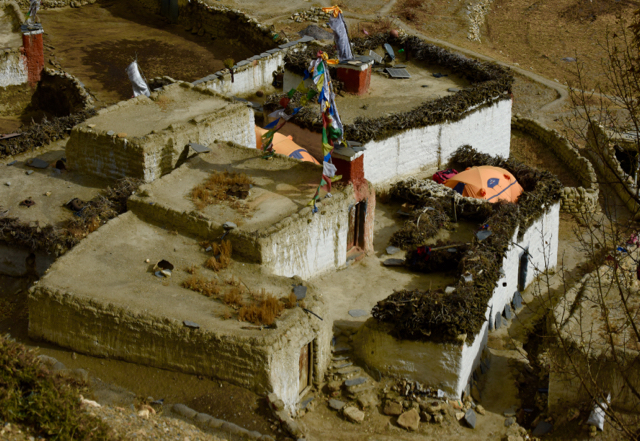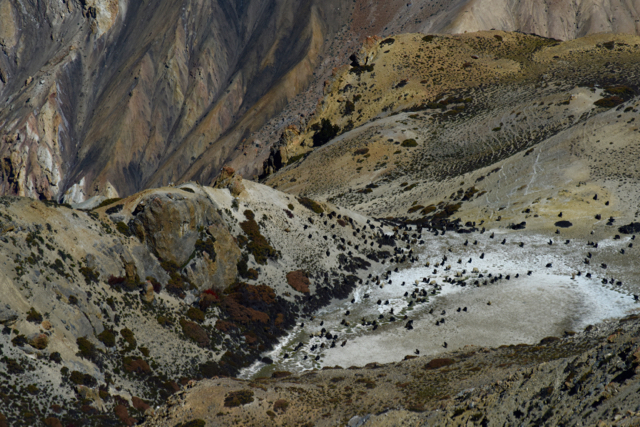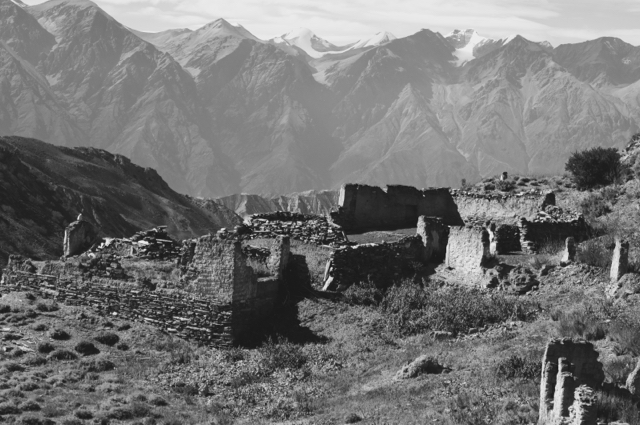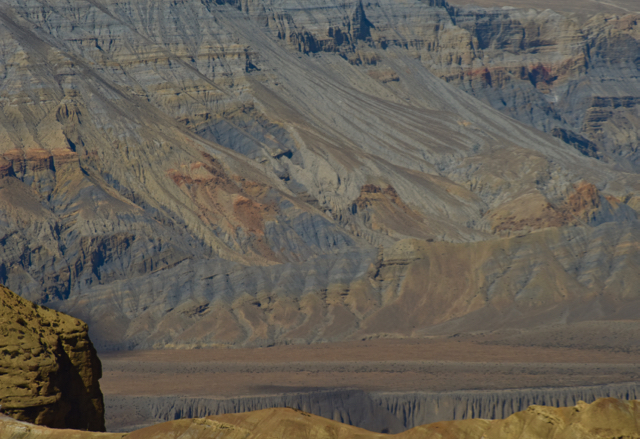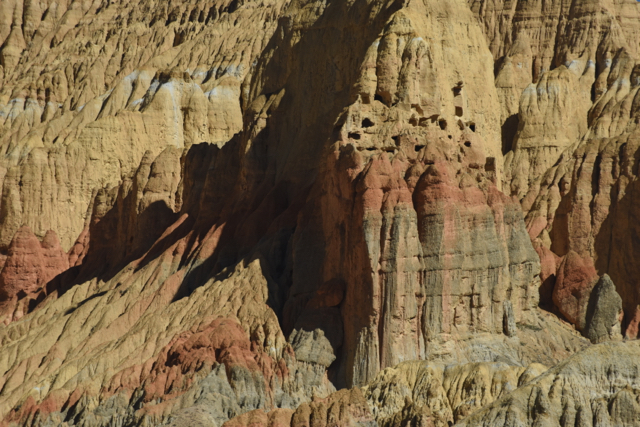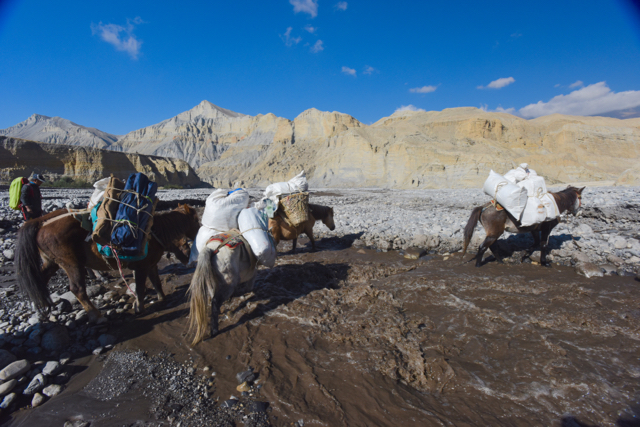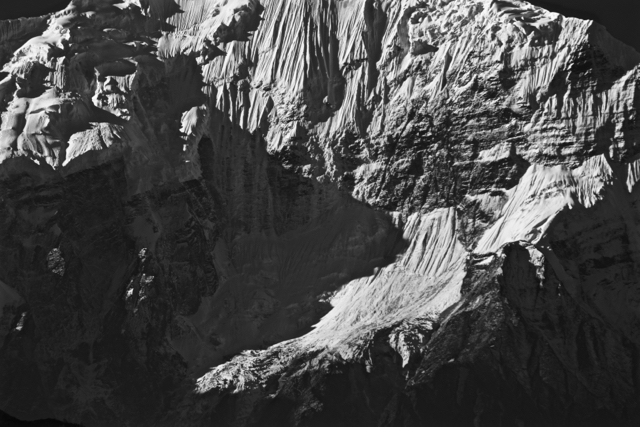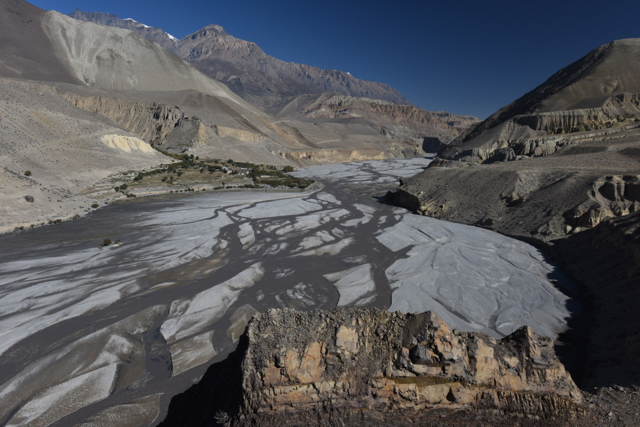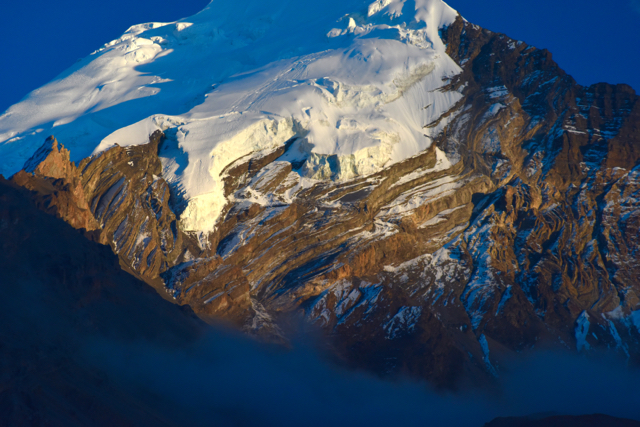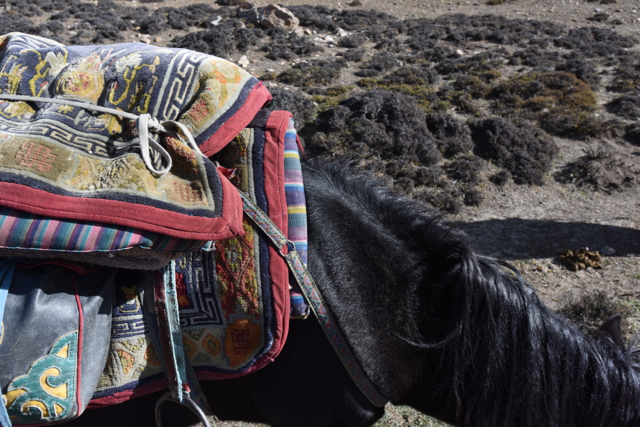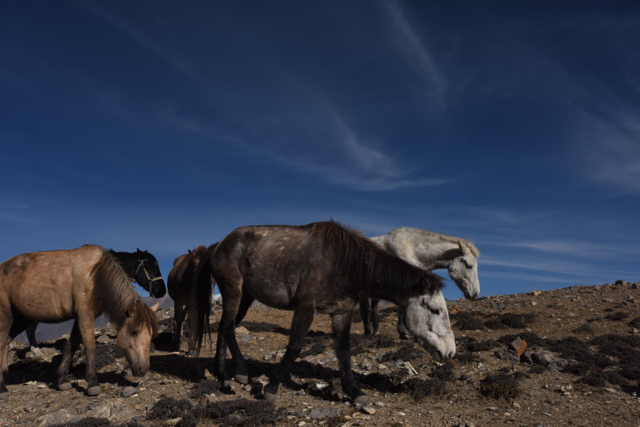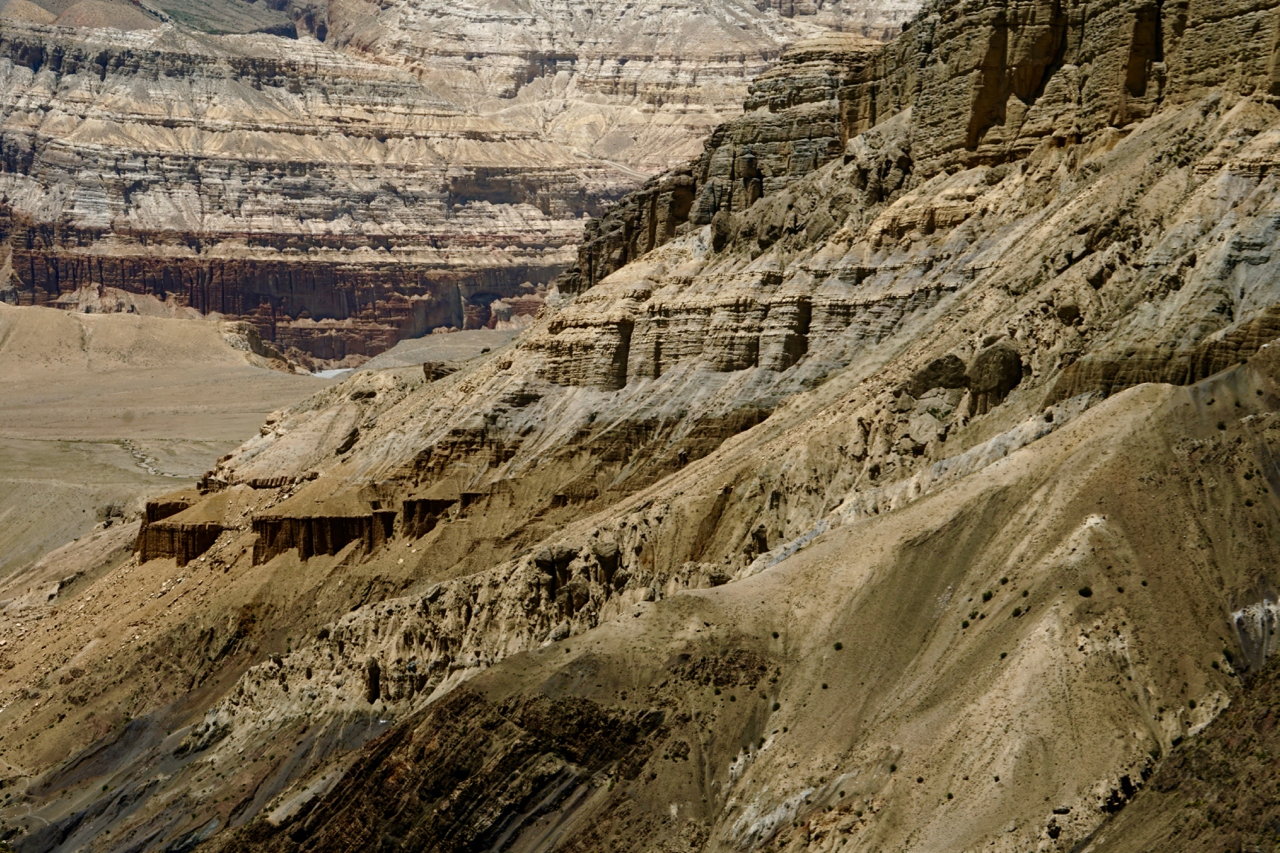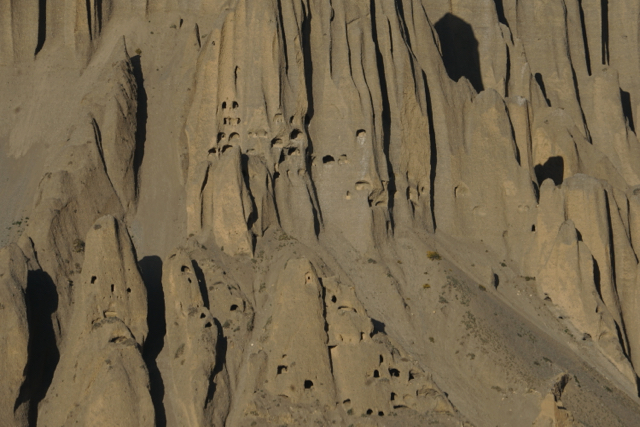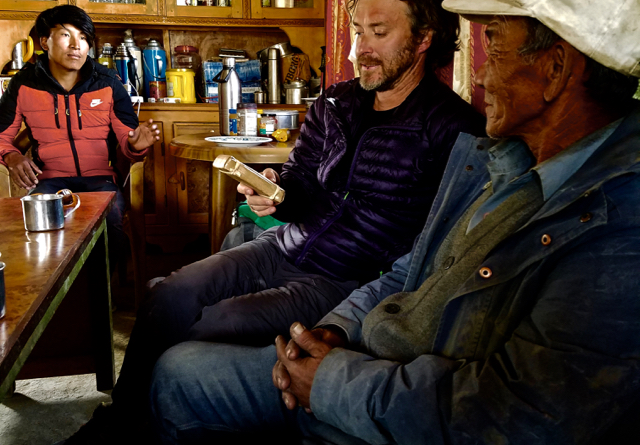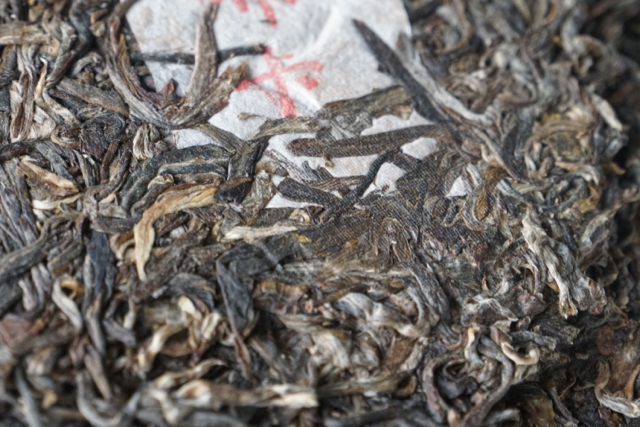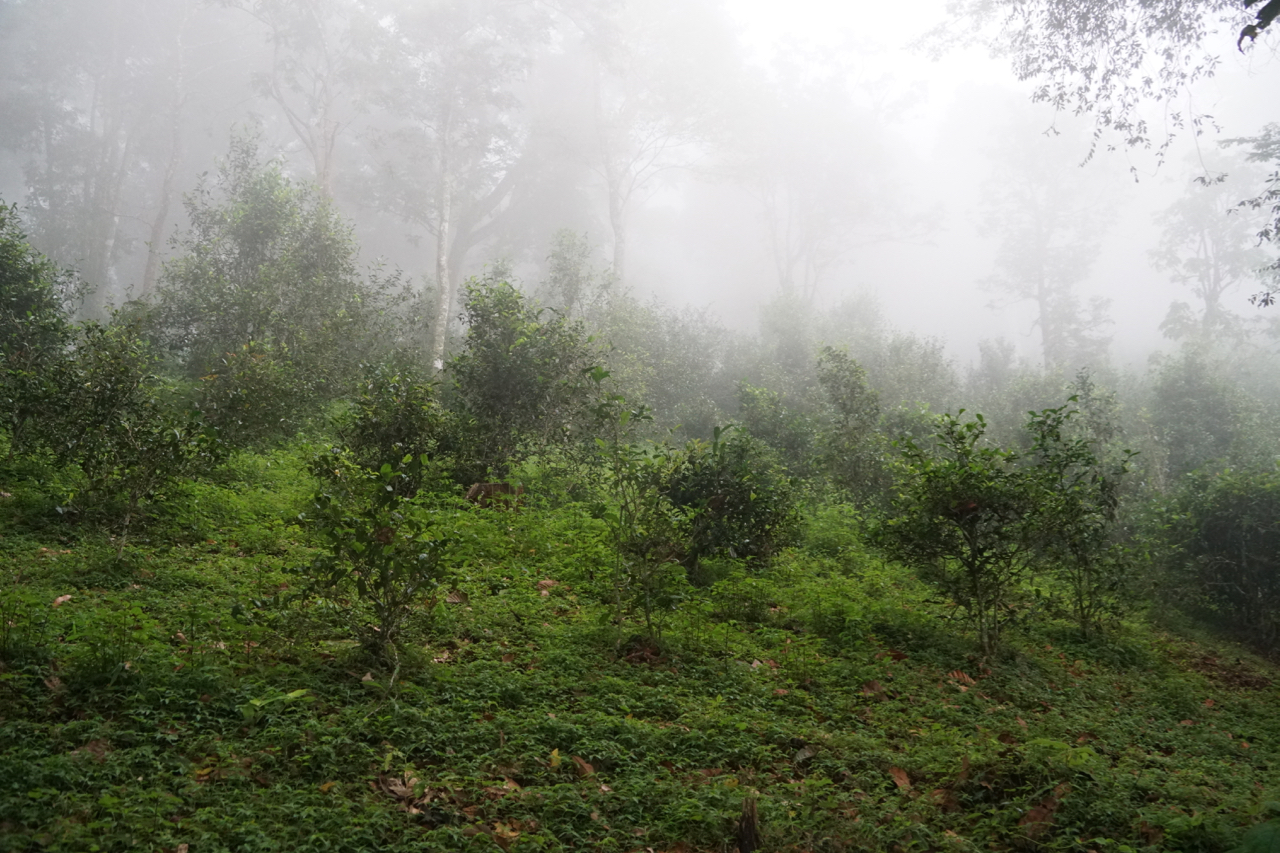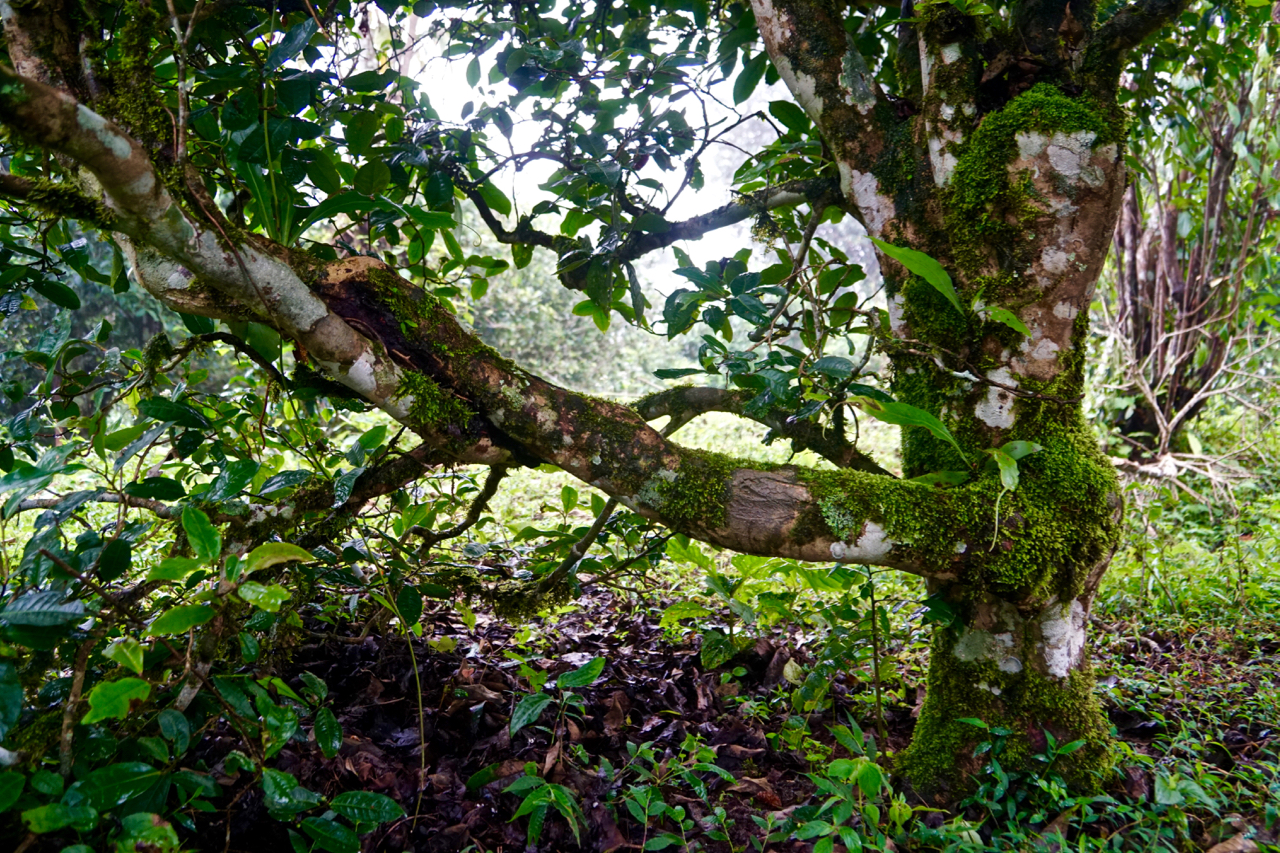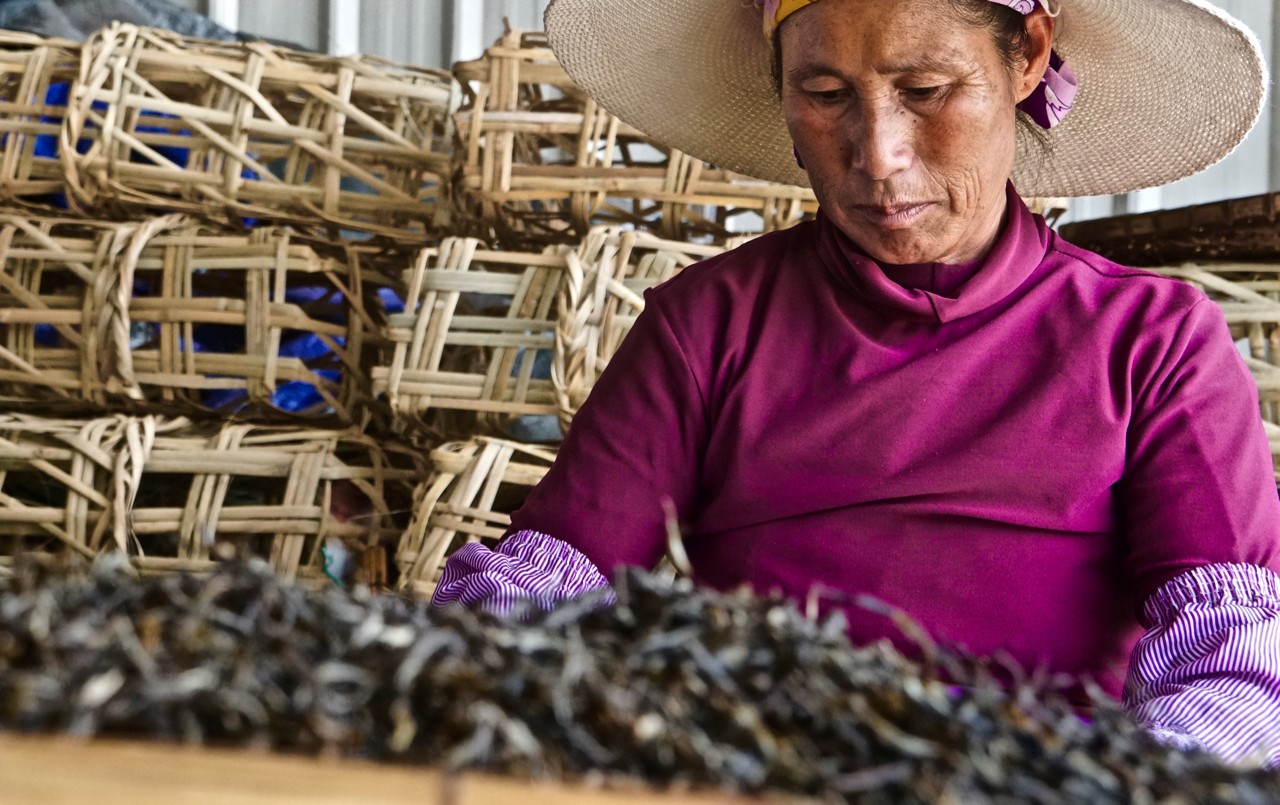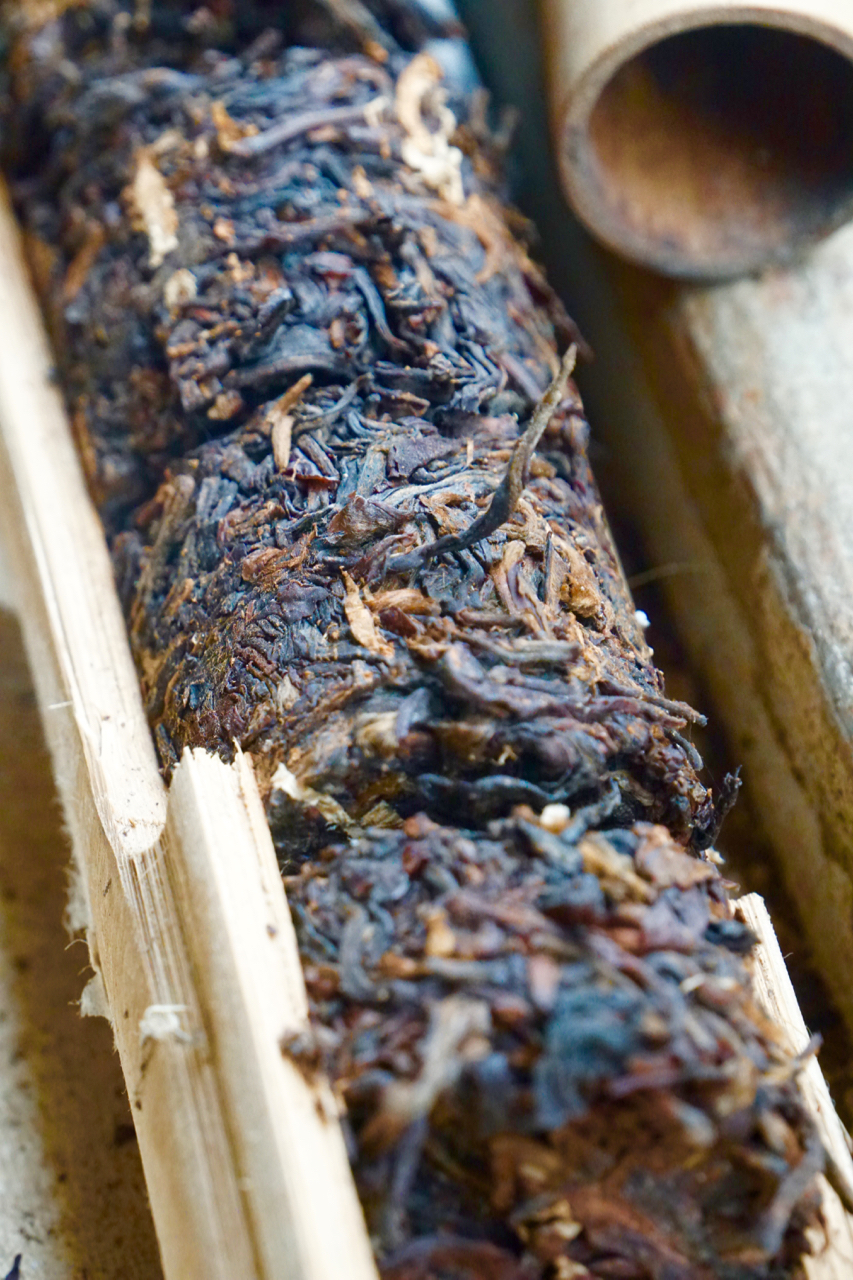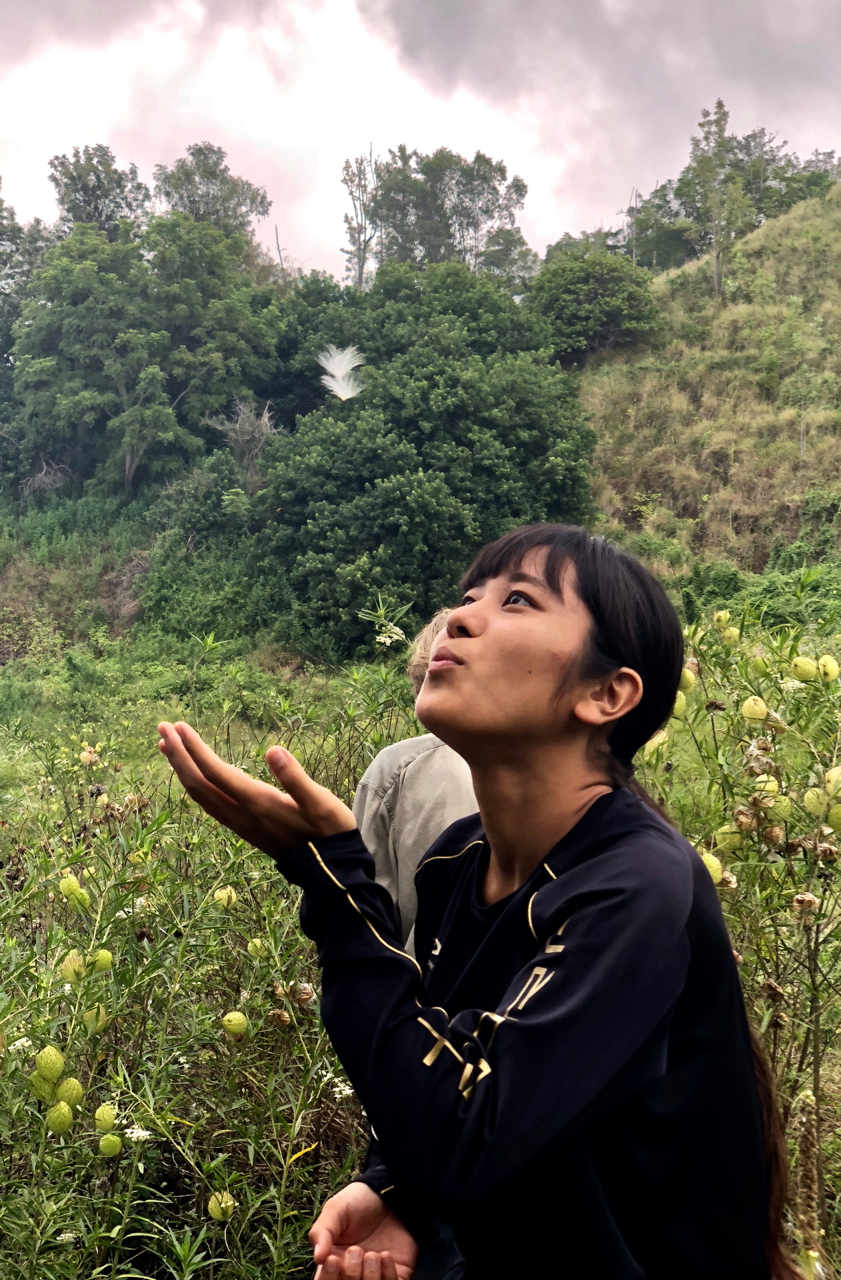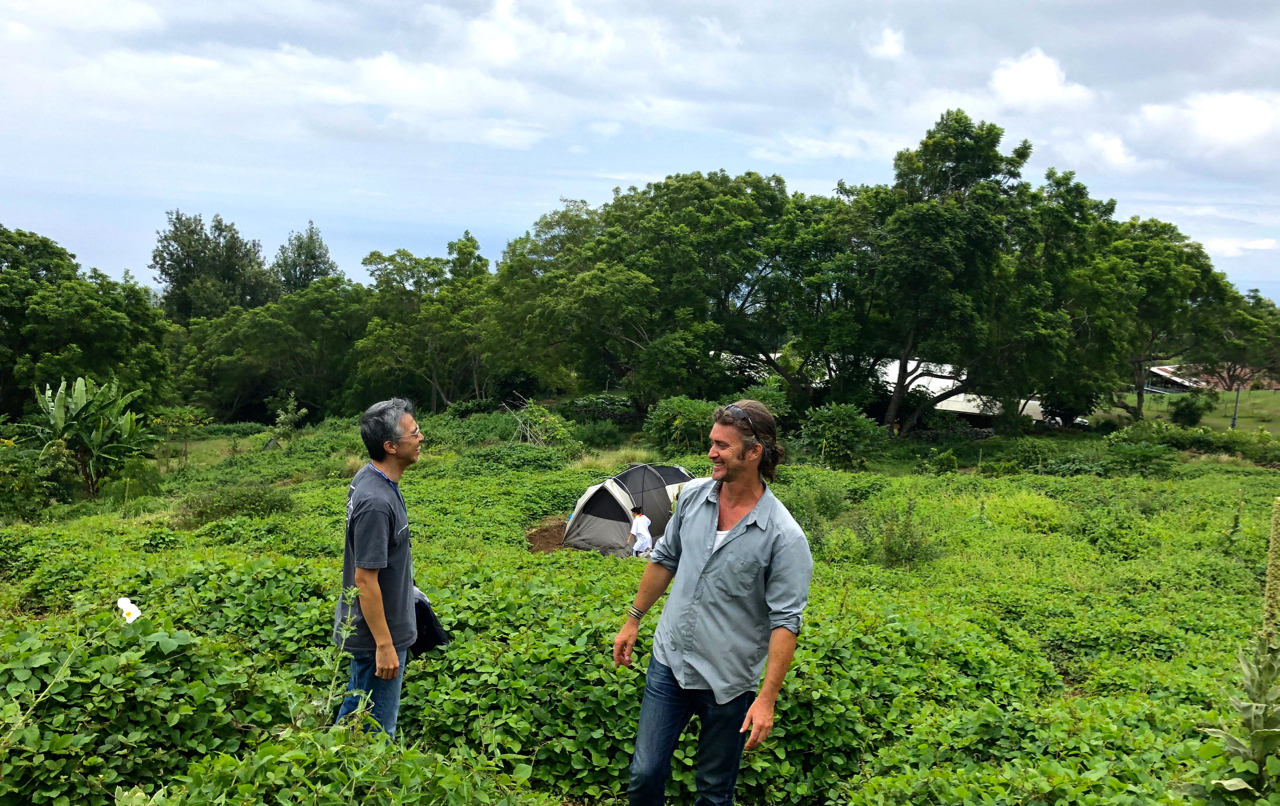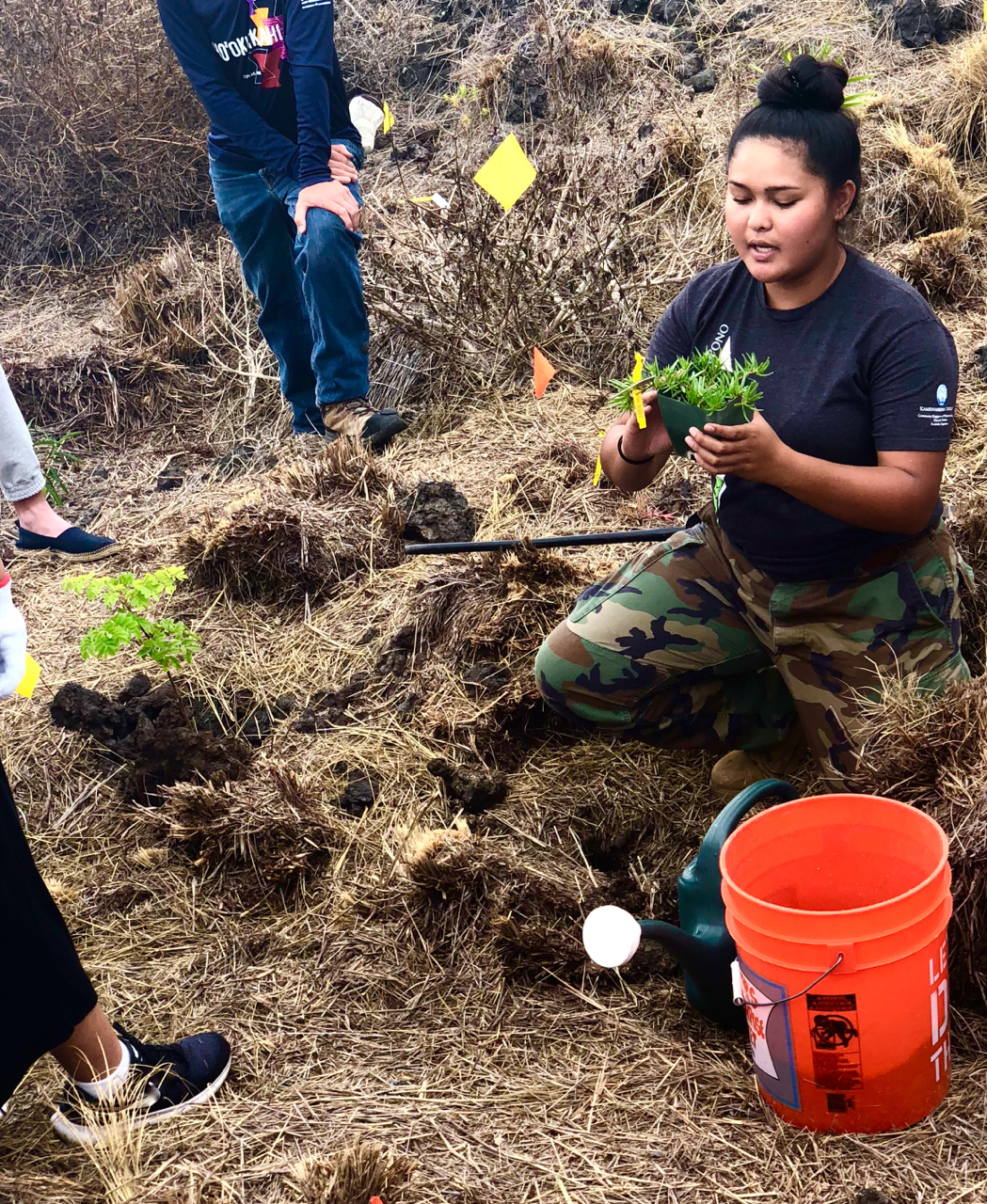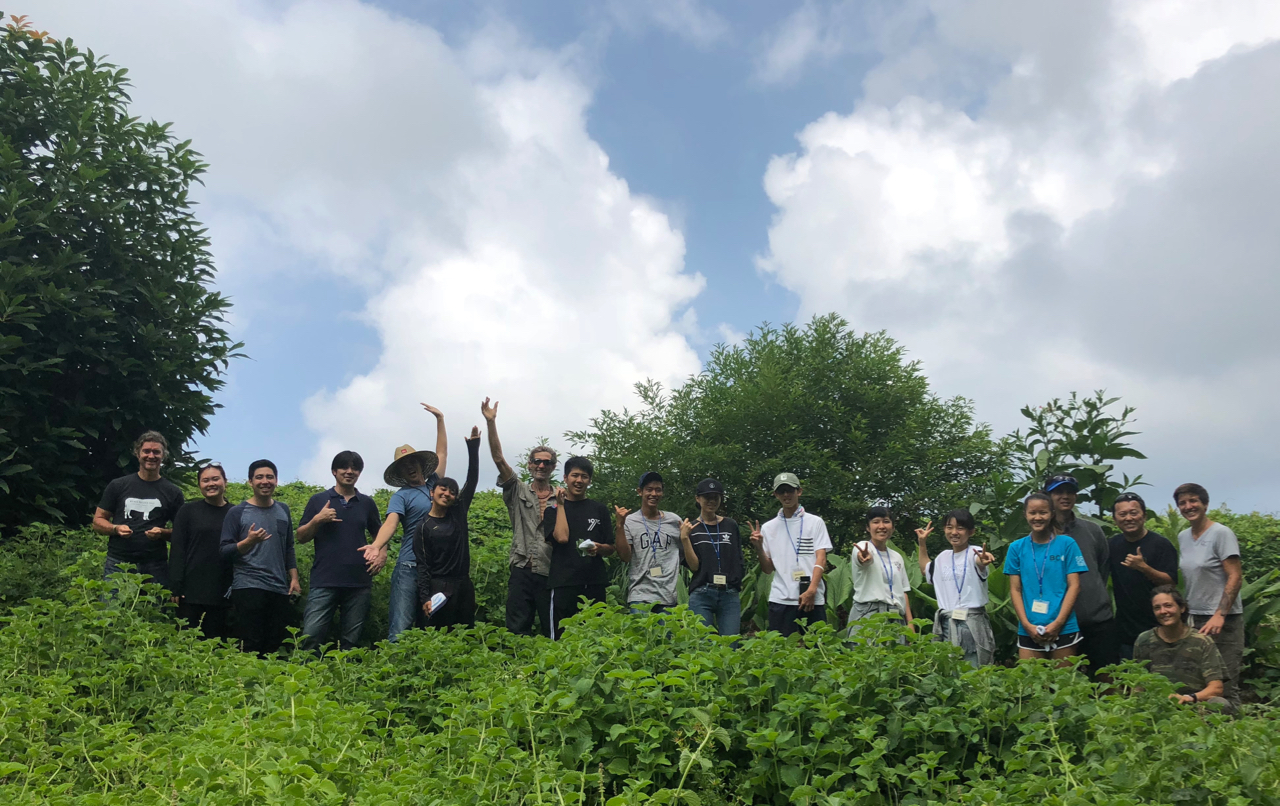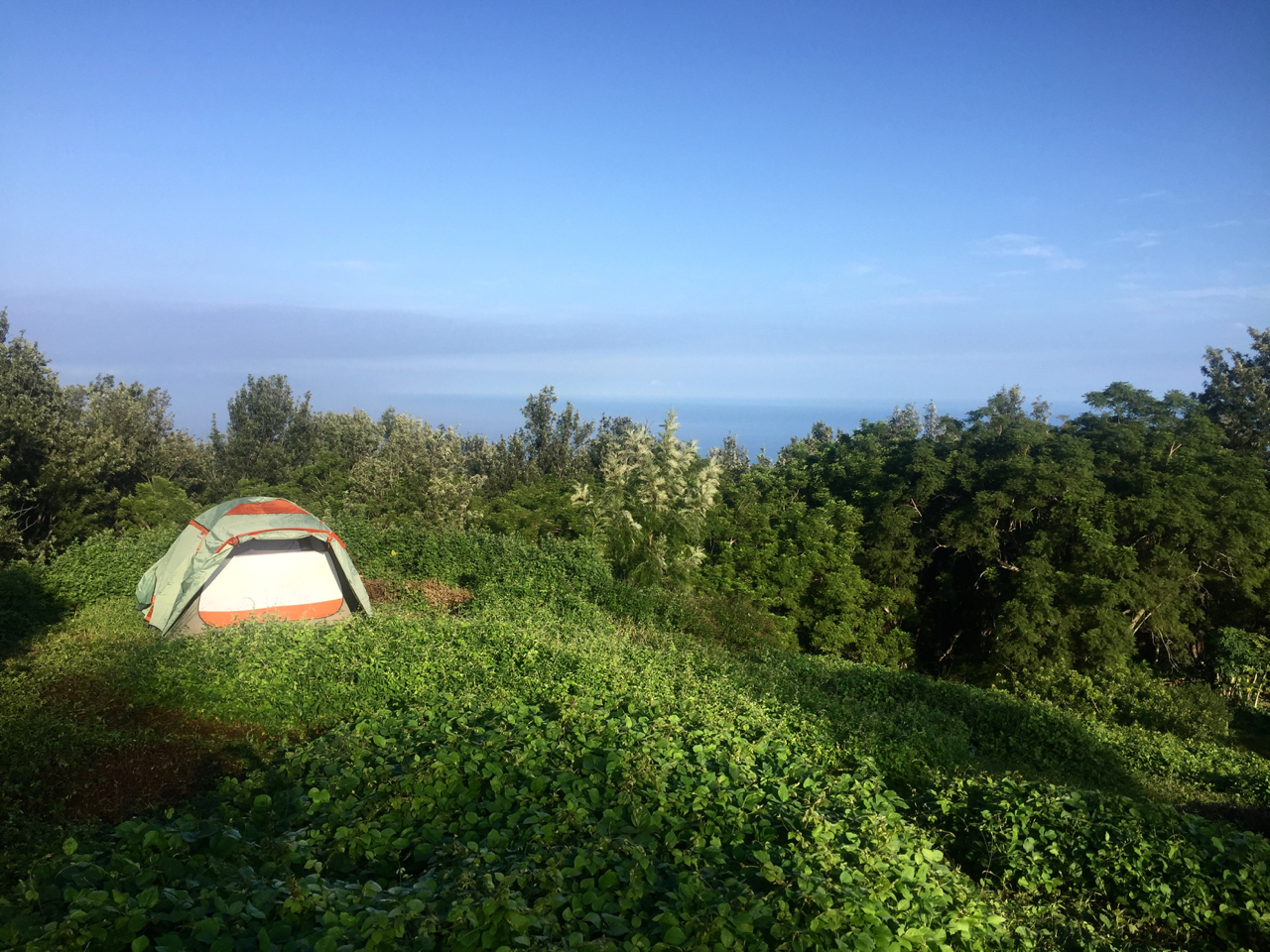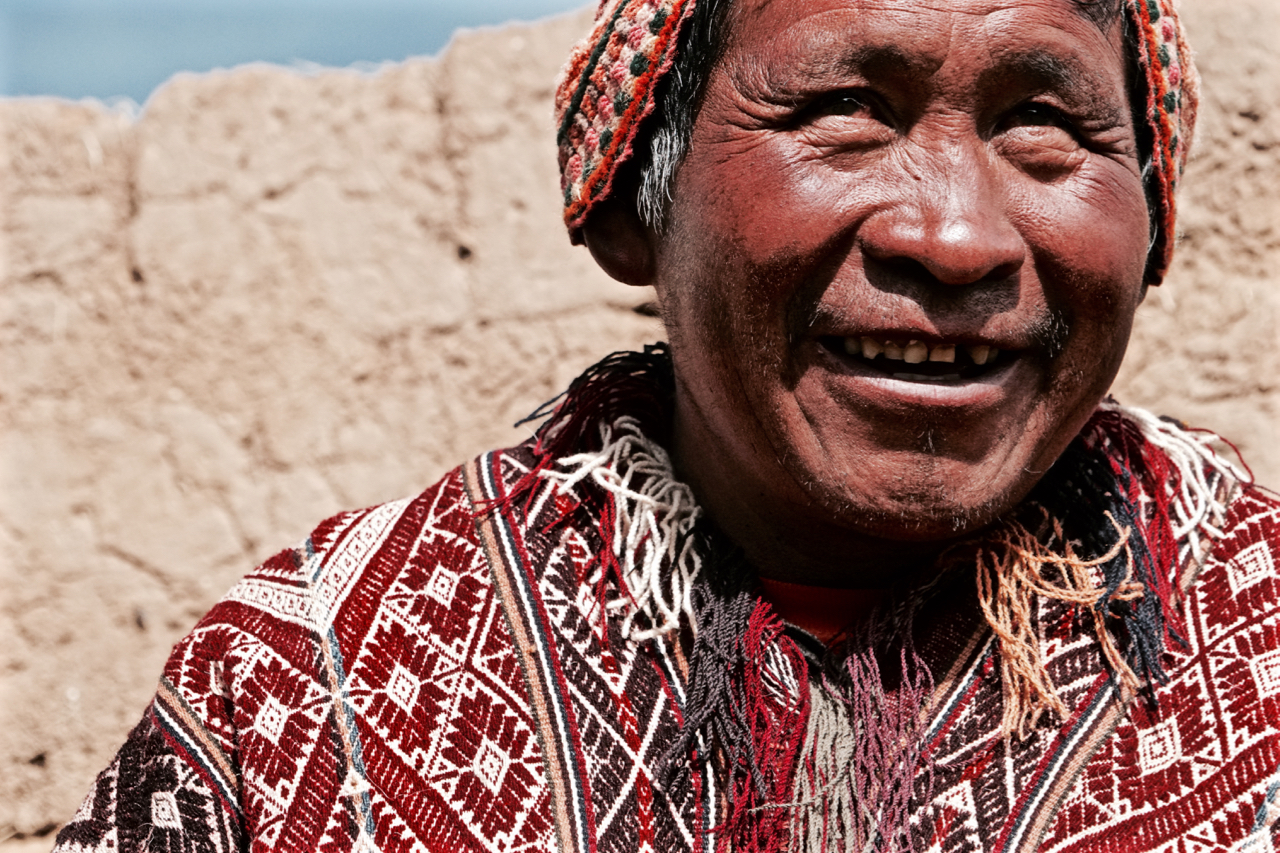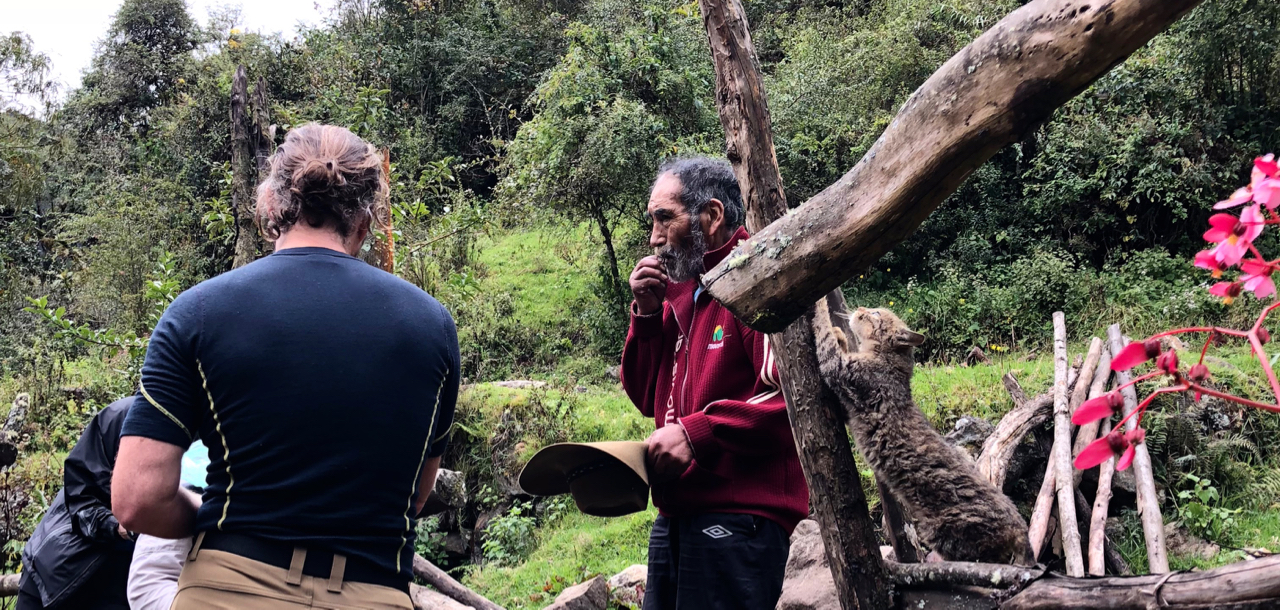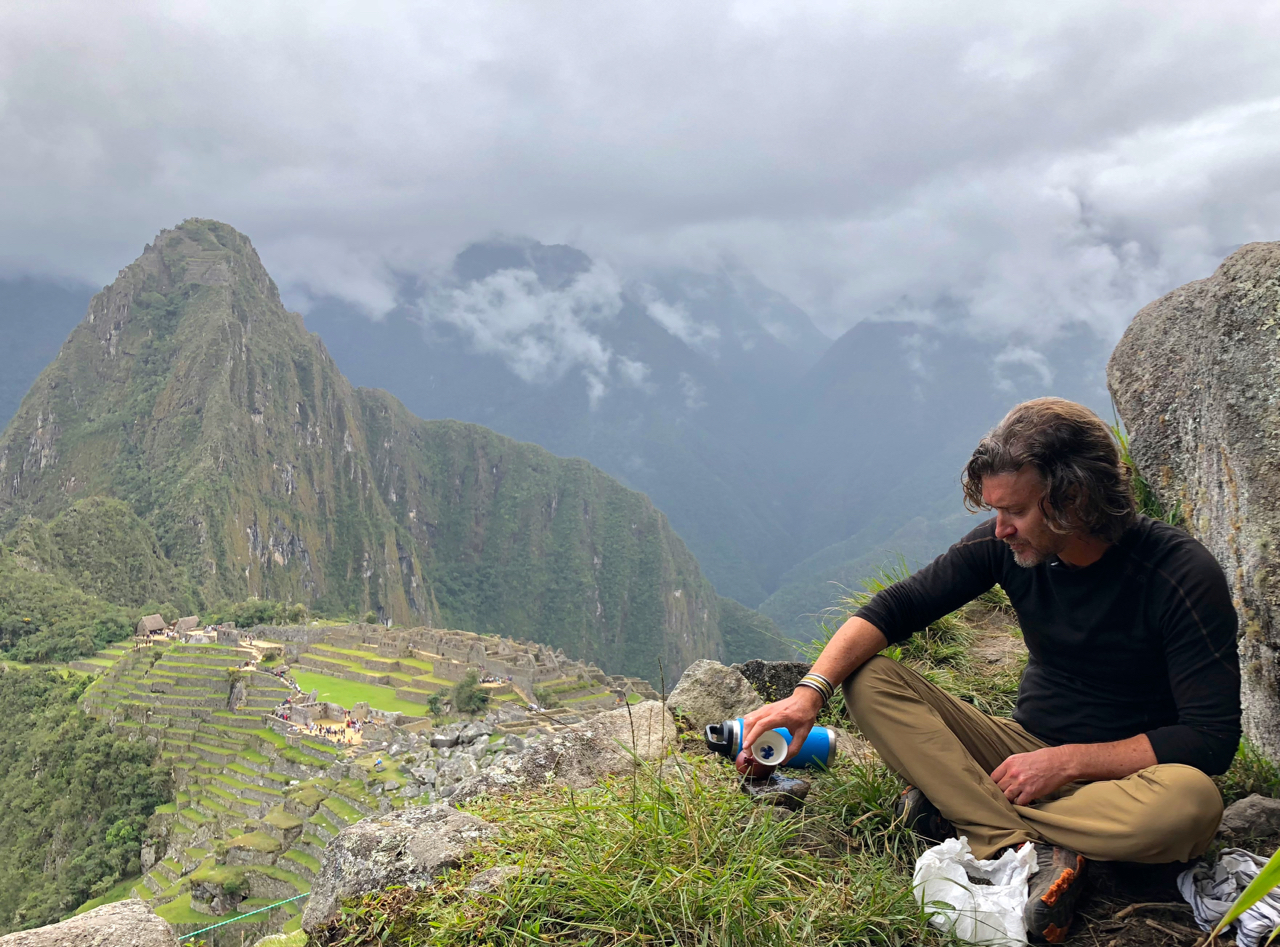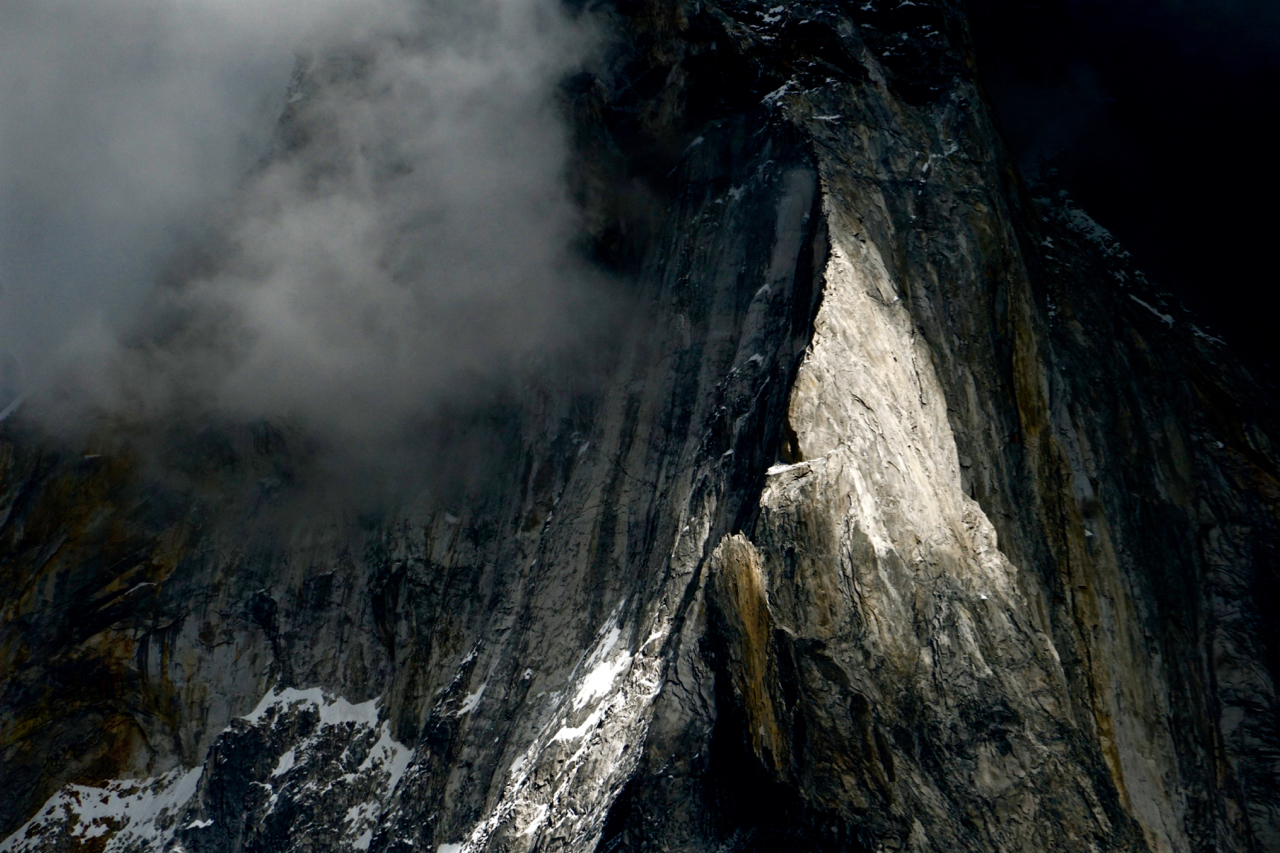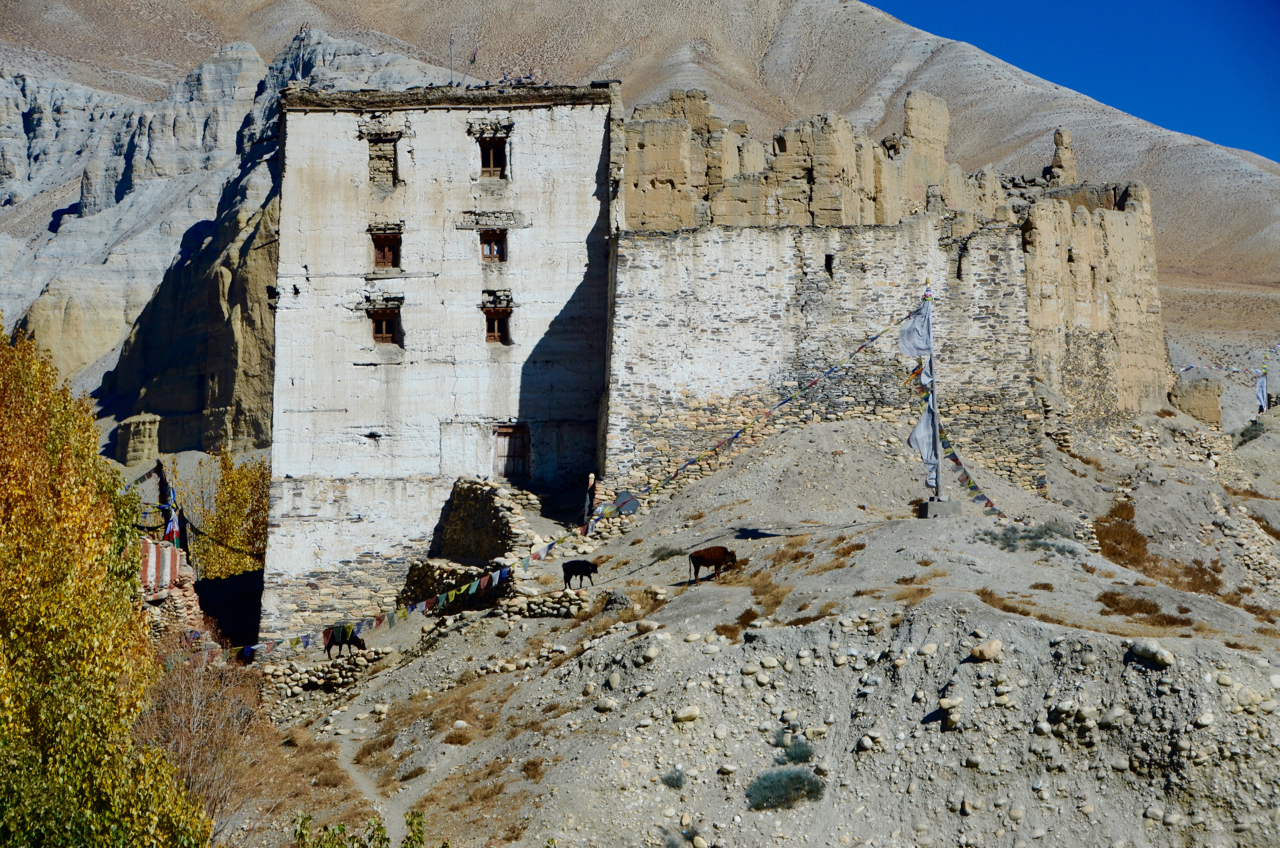Withered little holes of caves rest in a line hundreds of metres above on a sheer wall of red stone. This pattern has repeated itself again and again on this journey. On sheer walls – upon closer looks through a telephoto lens – a series of threadlike lines that once acted as pathways accessing entrance ways zig zag their way along the mountains. Long ago,those seemingly high walls weren’t so high. River ways once burbled and roared through the valleys taking glacier melt water south at far higher levels. Water and its sources up here have ebbed.

When in doubt, follow the four legged ones. They inevitably know the route…or at least the one home.
In such a powerful zone of tectonic movements, the natural world was (and remains so) linked to the very bones and blood of communities. Throughout Tibet in the agricultural belts and along the trade and pilgrimage routes – when the pathways we now move upon were bubbling with moving bodies and commodities – there was such a thing as a ‘hail tax’. Communities would consult and even employ ‘weather-makers’. These ritual specialists would be used to assist in warding off destructive climate events. Here in the Himalayas, the world of Nature had many sides. One found ways of living with ‘it’ or one perished. So much of the world of the mountains follows this unofficial banner of ‘cooperate or perish’.
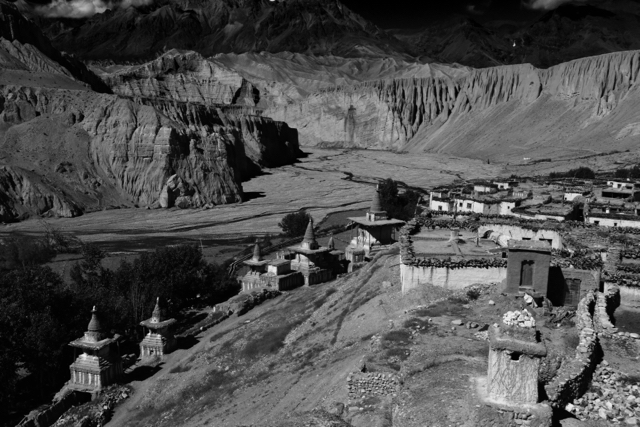
Communities work with the environment for the most part. The idea of interconnectedness remains embedded within the culture.
The wind and light in this mountain space hit in parallel, bouncing off surfaces into and onto every surface and the silt that is blown up from the river beds remains in every crease and passage – the nasal cavity is a mess of activity with a perpetual nasal drip. One of our team, Gopel, says that to remove the silt is useless as it will recoat everything in seconds. And so we are a unit of people and animals that has a fine sheen of light reflecting off of all of us.
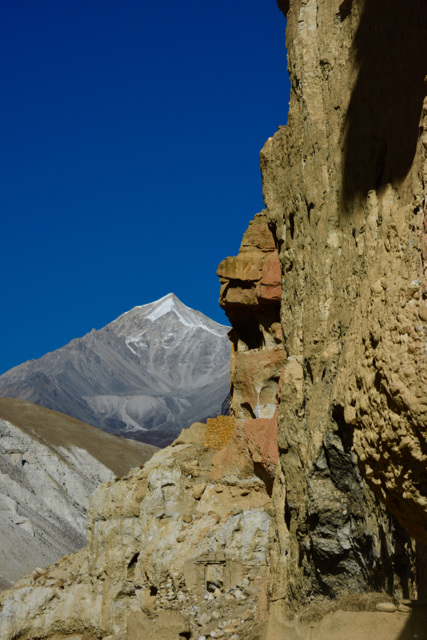 Debra has eased into her daily mounted routine as she does on such journeys. Her great strength is accepting limitations without hesitations and working within those limitations. It is easy to take in what she has come for; what we have both come for: the water and its ailments.
Debra has eased into her daily mounted routine as she does on such journeys. Her great strength is accepting limitations without hesitations and working within those limitations. It is easy to take in what she has come for; what we have both come for: the water and its ailments.
Communities along our route are still recovering from a mass swell and flooding from above just over a month ago. Dry packed earth surfaces do not make for an environment by which water can permeate to enrich the land. Such intense rainfalls instead cascade and sluice downwards and over, racing across but not into the land. Floods, which are now a norm within the Himalayas, come “at times that they normally have never come”, according to a nomad near Tangye.
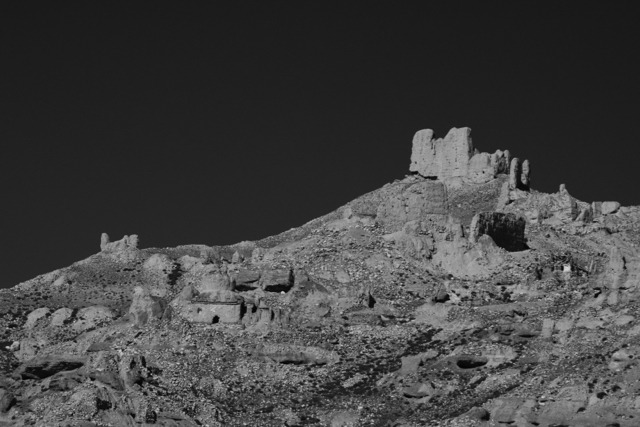
Generations of living, generations of weather all linked up in Mustang and beyond. The earth reclaims her own, leaving much of mans’s impermanence in dry pieces.
We come west and slightly north, and up onto a ‘tang’ (grassland) of the ancient capital of Tsarang (Charang). A gracefully dilapidating palace sits on a wall of sun and meditation caves can be seen along ridges. It was once a destination of commerce, of study and pilgrimage, and of great power. It was the seat of royalty and as such all roads led to it.
 It is also Abu’s home. Once a monk and now a languid horseman and guide, he dreams and lives anything football (the European sort). Small of foot, slightly stooped his pace picks up as we move closer to the place of his birth and closer to his home.
It is also Abu’s home. Once a monk and now a languid horseman and guide, he dreams and lives anything football (the European sort). Small of foot, slightly stooped his pace picks up as we move closer to the place of his birth and closer to his home.
His mother has in the past been a purveyor of brilliant common sense about all things environment and life and it always gives me a jolt to listen to and be around such beings. Their life views express a strong belief in the connectivity of all, the impermanence of all, and a need to keep things simple. That belief is challenged as it is everywhere, but here at altitude, “it is still easy to remember”, as she said to me a year ago.
A day later I listen to her voice sitting atop a local home as she speaks about cities and how easy it is to forget essentials.
She looks at her son as she boldly proclaims that the “country is a place to always come back to”. There is mirth and a message here and Abu’s handsome wind-carved face acknowledges this with a little smile as he looks at me nodding.
Our team is content with some of the ‘luxuries’ that are on offer in the village after being whipped around by winds and the sun. Their unity and ability to work together and sleep like small doughnuts on a single mattress in three layers of clothes fascinates my own selfish need for solitary nights without the symphony of others’ night sounds and habits. Give me wind any night over the clenching sounds of teeth or the purrs and cranky snores of others…
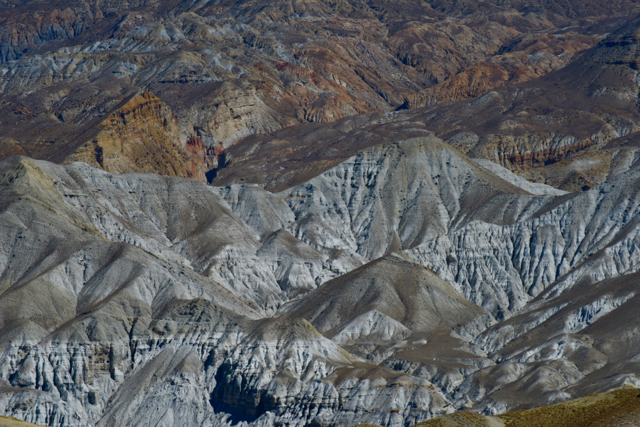 Our food supplies too get replenished with garlic, fried sweet dough called lura being thrown into our welcome packs.
Our food supplies too get replenished with garlic, fried sweet dough called lura being thrown into our welcome packs.
From Tsarang we split. Subash and I head north through the main valley with light packs heading past Lo Manthang to the wind scorched village of Choser up further the Kali Gandaki. The rest of the team will follow later in the day. They will arrive in a thick dark night amidst a raging wind far later than expected.
Choser is a gateway that is famed for its trade and its winds. Known throughout Mustang for clever business minds and their proximity to the kingdom of Bod (as the Tibetans call Tibet). Mustang or ‘Lo’ itself was considered an independent kingdom with its own rule of law and customs for centuries. Choser was one of the most northerly points in this kingdom and like many ‘fringe’ towns and borderlands, there is a kind of savvy watchfulness to the place, even now. There is that tangible crackling of the energy that is present is places where there is constant movement of people coming through.
 Choser is our catapult back east and the nomadic and water starved zones of Samzong and Chozong. ‘Higher, colder, more isolated’ is the mantra as we head north, ever upwards.
Choser is our catapult back east and the nomadic and water starved zones of Samzong and Chozong. ‘Higher, colder, more isolated’ is the mantra as we head north, ever upwards.
Samzong in times past had always felt for me as though it had been forgotten, kept on a kind of life support system away from everything…which inevitably meant for that I was drawn to its efforts and its quirky loneliness.
How did a place so frail survive? Some places were far distant from everything but content and strong…fiercely strong. Samzon felt as though youth had abandoned the place, or forsaken it entirely.
This year the sky is a dull grey cold of pre-snow. Winds here are different than anywhere thus far on the journey as they carry a denser cold that doesn’t rip into you so much, as it ploughs into you and leaves an endearing dent.
Our teams’ collective skin colour is a slightly purple shade as all exposed flesh gets hit and stays hit by winds with brutal power.
We pitch our tents atop our Tibetan host’s home. Yellow squares tucked away amidst drying roots and drying clothes. Small bodies of wood smoke come up through the chimney, which is a couple of metres away.
That night tea will not do as I crave some of the local barley whiskey, arra, that every village and home has stashed somewhere. It is a firewater of varying degrees of power and ‘fire’. Digging up a plastic water bottle our host pours me a small glass full of the clear alcohol. The night cold requires a few more of these glasses before I can confront the tent.

Within this copper vessel, barley simmers over a low heat. Part of the simple process of making the local ‘arra’.
Night brings a dead calm cold and one brave dog that delivers a thin chorus of whines and howls. The narcotic irritation of wood smoke being funneled into my little tent is my last memory. My senses are slightly blown out and my dreams are of muted sounds and fuzzy forests.



